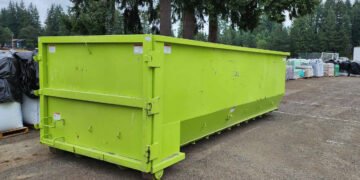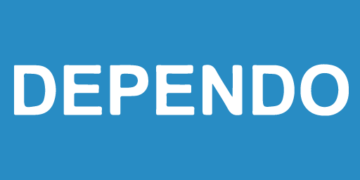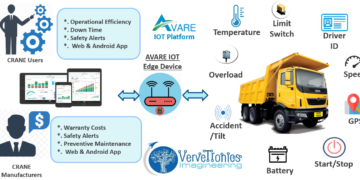You’ll find around 16 million self-employed individuals in the U.S. today, but even more work for companies.
In either case, people who work often need pay stubs. If you work for yourself, though, you might not get them. If you work for a company, you’ll probably get them with all your paychecks.
Learning how to read check stubs is vital whether you’re self-employed or an employee, and here is a guide to help you know how to read your stubs.
Understand Gross Earnings vs. Net Pay
The first thing you might notice about your check stubs is that you don’t receive all the money you earned for the pay period.
The gross pay is the amount you earned for this pay period, but the net pay is the amount you receive. What causes this difference? Understanding a few things will help you learn the answer to this question.
Your gross pay is the amount of money you earned for the period. If you get paid a salary, this amount will always be the same. If you earn an hourly wage, the gross pay might vary.
On the other hand, net pay is the amount you receive in the form of your paycheck. The net pay is equal to the gross pay minus your withholdings and deductions.
When employers complete their payroll duties, they often use a paystub creator to calculate the gross pay, net pay, withholdings, and deductions.
Learn How Withholdings Work
Withholdings are expenses that your employer pays for you. To do this, your employer will withhold these expenses from your pay. They will pay them to the government for you.
You might have numerous withholdings on your check stubs, including withholdings for federal taxes, income taxes, state taxes, and social security taxes.
The purpose of withholdings is to help you pay your taxes over the entire year instead of owing all of them when filing your tax return.
The most essential thing to know is that your withholdings reduce your gross pay, leaving you with a lower paycheck.
Find Out About Your Deductions
The other thing that reduces your gross pay is the deductions your employer takes from your earnings. Deductions also reduce gross pay, but they aren’t for taxes. Instead, they’re for other things.
If you have to pay health insurance premiums, you’ll see a deduction each paycheck for this expense. If you contribute money to a 401k, you’ll see a deduction for your contributions.
Your employer must list every deduction you have on your check stub, so you can clearly see how they came to the amount of net pay to give you.
The Purpose of Learning How to Read Check Stubs
Learning how to read check stubs is vital for several reasons. The main reason is so that you can understand how your employer determined how much to pay you.
When you understand these things, you’ll know how much money to expect with your upcoming paychecks.
If you enjoyed this article, check out the rest of our site today!
Read Also : What to Feed Horses When Competing Abroad






























































